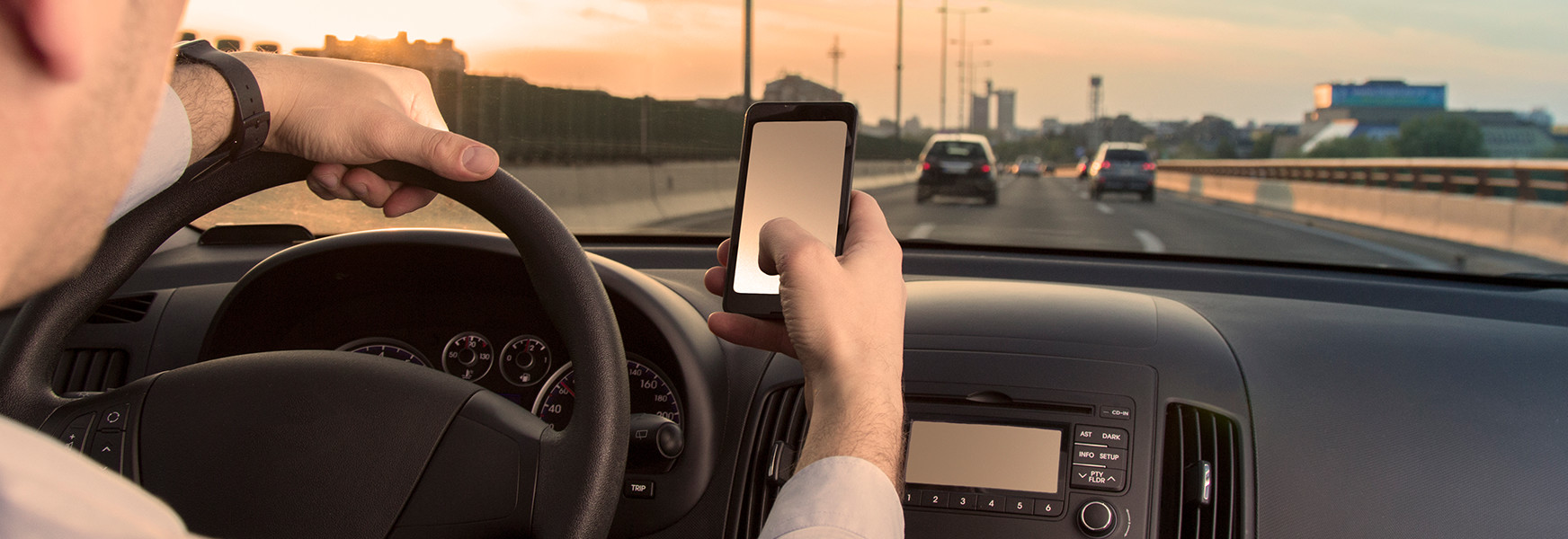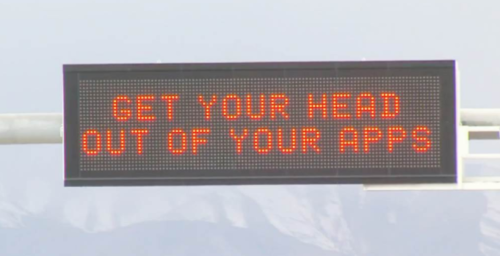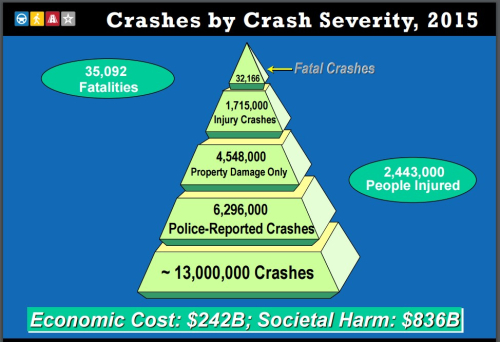Distracted Driving Messages Abound

Distracted Driving Messages Abound… We Mean You!
The public service messages regarding safe driving are just about everywhere. On billboards, electronic signs, and bumper stickers we see reminders to buckle up, don’t drink and drive, and put down the cell phone. The question is this: Is the message getting through?

Each year there are approximately 1.7 million injury crashes in the U.S., and 2015 and 2016 saw significant increases in the number of traffic fatalities. It doesn’t sound like drivers are getting the message, does it? These crashes take a terrible toll on individual workers, families, and employers across the country. With an economic toll in the hundreds of billions it is also a significant business concern.

What should employers be doing to protect their most valuable assets… their workers? Create a fleet policy that covers all employees who drive company vehicles or their own vehicles on company business. Include:
- annual motor vehicle record checks and set strong requirements to qualify to drive
- electronic device policies that significantly limit or prohibit use while driving
- regular vehicle inspections
- ongoing maintenance requirements
- ensure vehicles have safety equipment and adverse weather gear when needed
- ongoing driver training
Setting a policy is the easy part. Ensuring employees follow the policy is another issue. Cell phones certainly provide instant communication, access to sales staff, customer service excellence, and other efficiencies. However, the dangers of driving while using the phone are well documented. Employers cannot demand productivity levels that are only possible if workers use phones while driving. Don’t fall into the “do as I say and not as I do” trap. In 2011, The National Transportation Safety Board recommended a nationwide ban on electronic devices while driving.
Safe driving is all about physics. Speed, distance, time… drivers can’t allow themselves to become the victim of the laws of physics. Allow plenty of time to reach your destination, follow all traffic laws including speed limits, and allow adequate following distance between vehicles. A car traveling at highway speed is moving about 100 feet per second. There simply is not enough time to make decisions and react to an event on the road if your car is only a few feet away from the car in front of you.
As we approach the Labor Day weekend and the end of summer, there will be plenty of people on the road. Some will be in a hurry, some will be distracted, many will be tired, and some will be impaired. We owe it to ourselves, our employers, and our families to stay alert and “arrive alive."
Check out the resources available from the National Highway Traffic Safety Administration, the National Transportation Safety Board, the Insurance Institute for Highway Safety, and the National Safety Council.

